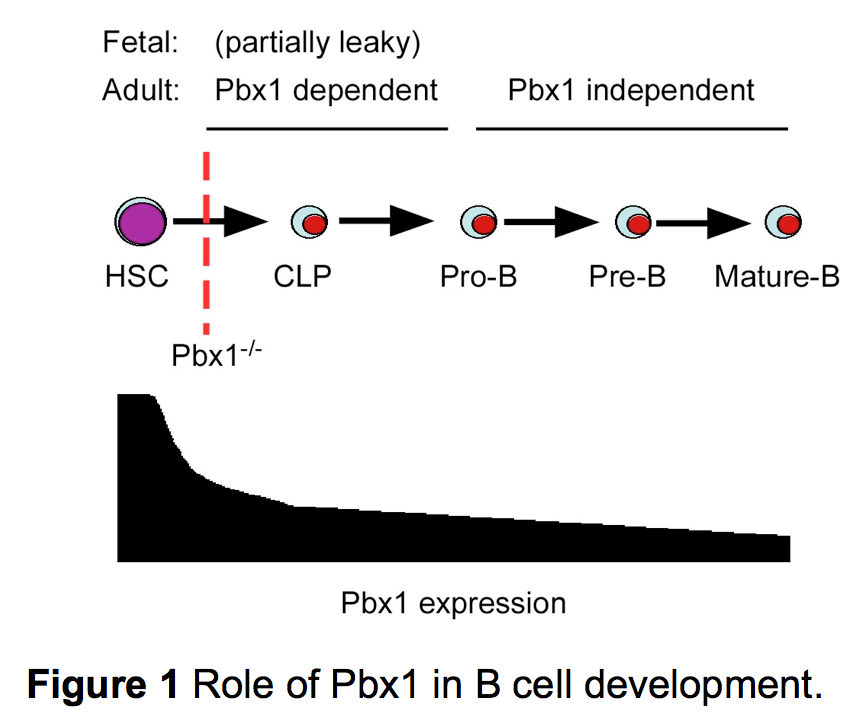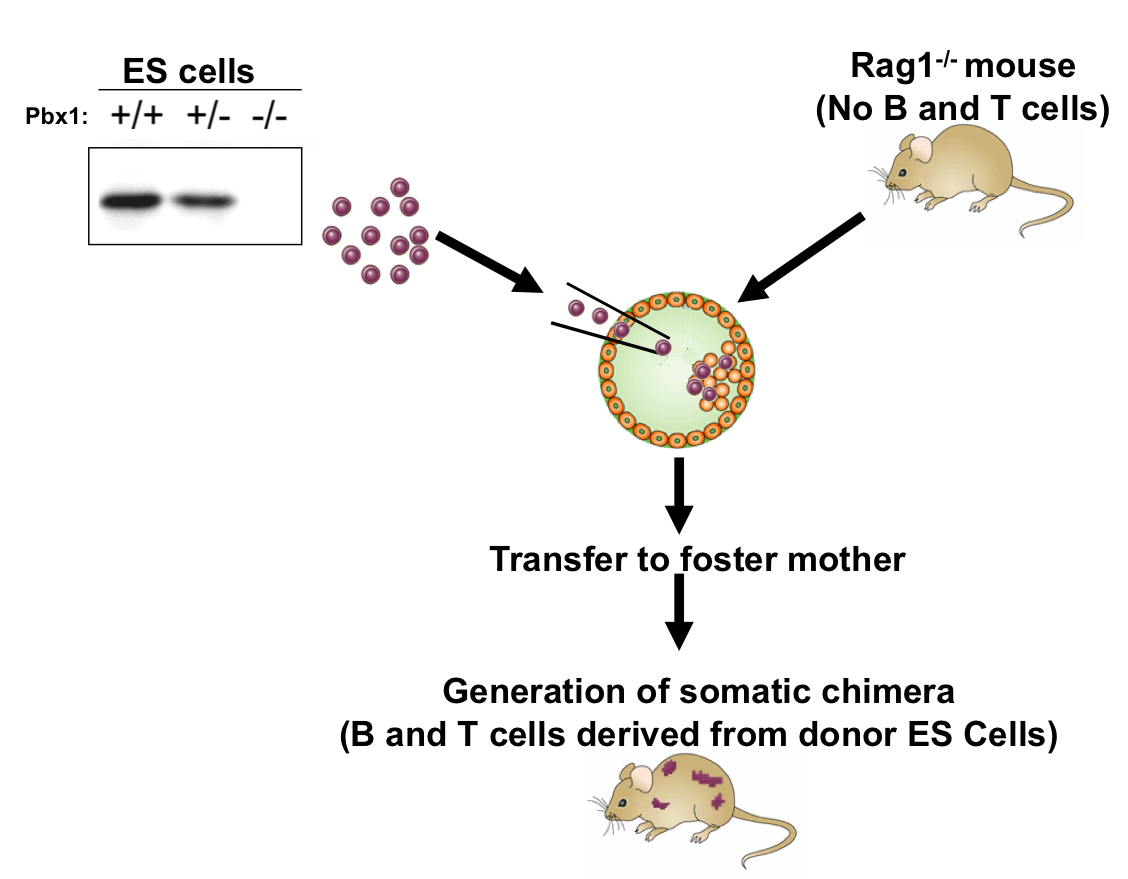Transcription Factors
| Lymphocyte development
Home |
Transcriptional programs during normal lymphocyte development and hematological malignancy
Mature lymphocytes arise through successive stages of development. Transition from one stage to another is precisely controlled and involves distinct transcriptional program and signaling cascade. Any lesion in this control mechanism(s) either genetic or epigenetic, are manifested as lymphoid malignancies. Each lesion gives rise to a distinct disease, sometimes combination of diseases.
The development of the hematopoietic system in vertebrates occurs sequentially at several distinct anatomic sites during embry ogenesis, providing populations that meet the needs of rapidly developing embryo. During this dynamic developmental process, hematopoietic stem cells (HSCs) and progenitors with distinct properties are generated transiently and they differ in their properties. The manipulation of such pathways in normal and malignant hematopoiesis provides us with powerful tools for complete understanding of the genetic and epigenetic pathways involved in the generation and maintenance of hemato-lymphoid system as well as etiology of hematological malignancies.
ogenesis, providing populations that meet the needs of rapidly developing embryo. During this dynamic developmental process, hematopoietic stem cells (HSCs) and progenitors with distinct properties are generated transiently and they differ in their properties. The manipulation of such pathways in normal and malignant hematopoiesis provides us with powerful tools for complete understanding of the genetic and epigenetic pathways involved in the generation and maintenance of hemato-lymphoid system as well as etiology of hematological malignancies.
Transcription factors originally discovered at the sites of chromosomal translocations in acute leukemia are shown to play critical roles in hematopoietic cell development and function (e.g., AML-1, LMO-2, SCL/TAL-1, TAN-1/Notch-1, MLL-1). Pbx1 is one of such transcription factors, identified in childhood pre-B cell leukemia. A t(1;19) chromosomal translocation between the Pbx1 loci and E2A loci gives rise the chimeric oncogene, E2A-Pbx1. This translocation occurs in a small but significant subset of pre-B cell acute lymphoblastic leukemia in infants. I have shown that PBX1 also plays a critical role in the development adult B cells (See Figure 1 and Sanyal et al, 2007, Blood, 109:4191).
In this context my long-term research goal is i) to identify different B-cell progenitors involved in development of normal and hemato-lymphoid malignancies; and ii) to determine alteration of transcriptional program and signaling cascades that deviated from normal development towards malignancies. Recently, involvements of microRNAs are also implicated in this process. Therefore, I would like to identify the transcription factors or microRNAs that are uniquely or aberrantly expressed in the different sets of B-progenitor and T-progenitor cells in normal and abnormal lymphoid development. Subsequently, I would like to elucidate their transcriptional program and relate to the etiology of the specific malignancy.
Publications
2004, Mol. Cell Biol., 24:5639
